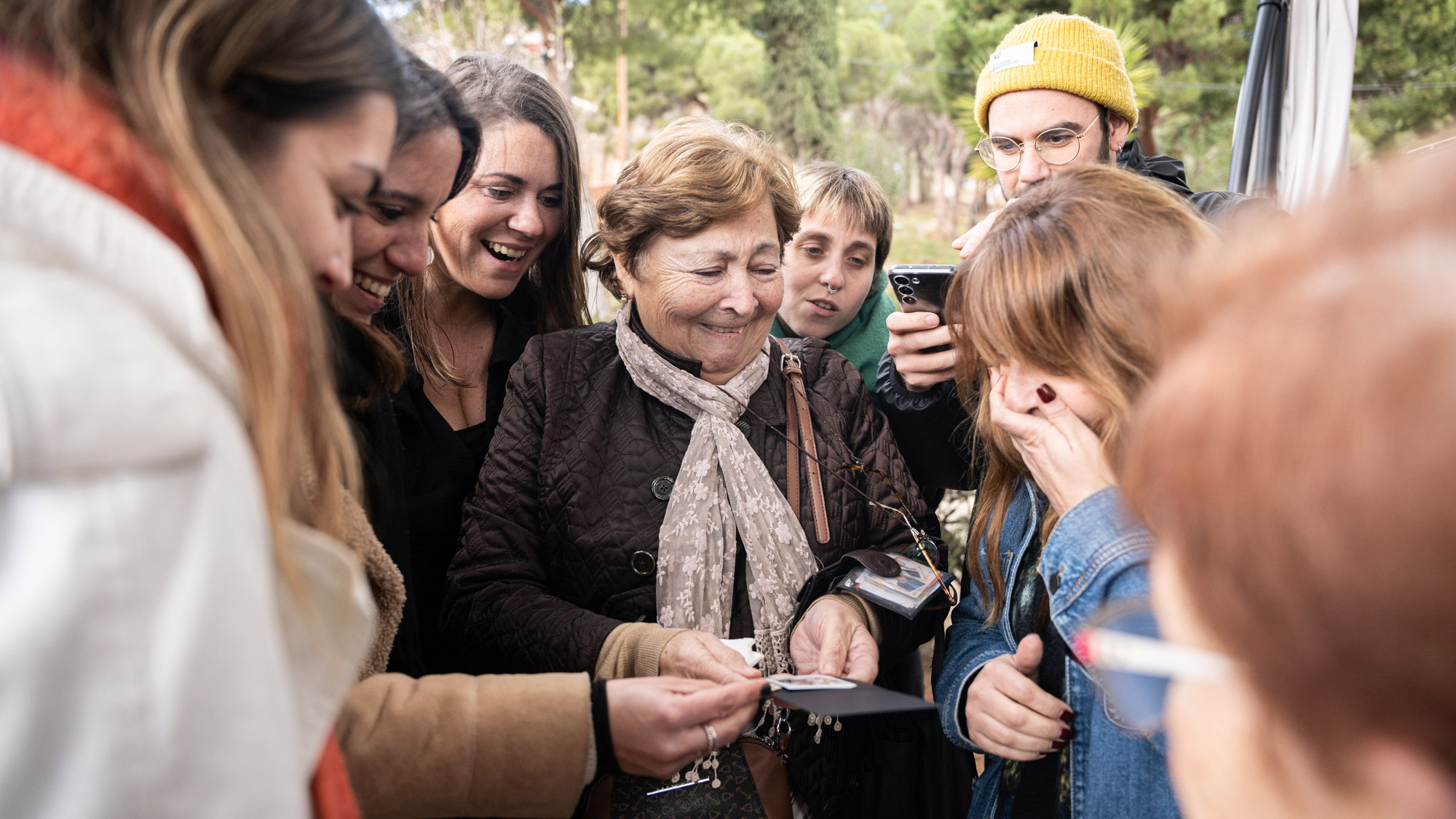So far Domestic Data Streamers has used the technique to preserve the memories of people in various migrant communities, including Korean, Bolivian, and Argentine families living in São Paolo, Brazil. But it has also worked with a care home in Barcelona to see how memory-based reconstructions might help older people. The team collaborated with researchers in Barcelona on a small pilot with 12 subjects, applying the approach to reminiscence therapy—a treatment for dementia that aims to stimulate cognitive abilities by showing someone images of the past. Developed in the 1960s, reminiscence therapy has many proponents, but researchers disagree on how effective it is and how it should be done.
The pilot allowed the team to refine the process and ensure that participants could give informed consent, says Garcia. The researchers are now planning to run a larger clinical study in the summer with colleagues at the University of Toronto to compare the use of generative image models with other therapeutic approaches.
One thing they did discover in the pilot was that older people connected with the images much better if they were printed out. “When they see them on a screen, they don’t have the same kind of emotional relation to them,” says Garcia. “But when they could see it physically, the memory got much more important.”
Blurry is best
The researchers have also found that older versions of generative image models work better than newer ones. They started the project using two models that came out in 2022: DALL-E 2 and Stable Diffusion, a free-to-use generative image model released by Stability AI. These can produce images that are glitchy, with warped faces and twisted bodies. But when they switched to the latest version of Midjourney (another generative image model that can create more detailed images), the results did not click with people so well.
“If you make something super-realistic, people focus on details that were not there,” says Garcia. “If it’s blurry, the concept comes across better. Memories are a bit like dreams. They do not behave like photographs, with forensic details. You do not remember if the chair was red or green. You simply remember that there was a chair.”

@MARCASENSIO_FOTO
The team has since gone back to using the older models. “For us, the glitches are a feature,” says Garcia. “Sometimes things can be there and not there. It’s kind of a quantum state in the images that works really well with memories.”
Sam Lawton, an independent filmmaker who is not involved with the studio, is excited by the project. He’s especially happy that the team will be looking at the cognitive effects of these images in a rigorous clinical study. Lawton has used generative image models to re-create his own memories. In a film he made last year, called Expanded Childhood, he used DALL-E to extend old family photos beyond their borders, blurring real childhood scenes with surreal ones.
“The effect exposure to this kind of generated imagery has on a person's brain was what spurred me to make the film in the first place,” says Lawton. “I was not in a position to launch a full-blown research effort, so I pivoted to the kind of storytelling that's most natural to me.”
#Generative #turn #precious #memories #photos #existed



